Dorothy Pederson Nelson: Remembering Rationing
Members of Minnesota's Greatest Generation learned valuable lessons from the wartime experience, such as recycling materials in short supply. In her wartime memoir, "Teenage Memories of the Home Front," Dorothy Pederson Nelson wrote about the conservation measures her family undertook in support of the war effort.
Story Excerpt
I remember rationing. It did not seem to be a great hardship, though I think my Mother was exceptionally talented at stretching food and making do. She and dad planted a "Victory Garden" on a plot about a mile from our house. Mother, and sometimes dad, would take the bus down to the garden, hoes and rakes in hand, and spend a few hours tending the garden. In the fall they would take the car to bring home the harvest. From that garden Mom canned hundreds of quarts of vegetables. She also baked all of our bread, made jams and jellies from any fruit that could be picked. We got eggs and some meat from the farm, so we fared well and the rationing of sugar, meats and some other items did not greatly change our fare. Meals were simple and we mostly ate all three meals at home together at the family table. My dad would say the "Come Lord Jesus" table prayer before every meal. When in school we kids would usually walk home for lunch which might be cornbread and syrup, Spanish Rice, a homemade soup, biscuits and bacon gravy, and some leftovers from dinner the night before. Everything was used, and very little was thrown out.
There wasn't even any garbage pickup. We had a burning barrel out in back by the garage where we burned some papers and whatever else could not be recycled. Everything was saved. I remember that Mother would take the waxed paper out of the cereal boxes, smooth it out, refold it, and use it again. Conservation of everything was not only patriotic, but also practical as many, many things were in short supply. We reused, made over, or did without. Many manufacturing plants that previously produced domestic items had been retooled and were in war production. I recall my mother and grandmother unraveling old sweaters and reusing the yarn to make a new garment. Hardly anything was thrown away. Mother would also make coats for my sister and I out of old men's suits. The buttons would be cut off, and the lining would be saved. Our throw-away society now is filling up landfills rapidly. The World War II housewives would never have believed that people could be so wasteful. I think some of us even developed a moral issue out of being saving and careful. Some of the elder pack rats of today come out of the post-depression World War II conservative society.
I think rationing was harder on households that did not grow any of their own food. Ration cards were issued to each family member. These were coupons that were torn out upon purchase of a rationed item. If someone were to come and stay for any length of time, they would be expected to bring their ration book. Some items, particulary meats, could be bought on the black market. That was under-the-counter kind of selling that would not require coupons, but which would be more expensive. Meats particularly were available "black market." This was probably more true in agricultural areas where food from the farms could be slipped into the city to a profiteer without much danger of reprisals. Housewives saved grease and turned it in at the butcher shops. Papers and old rags were saved and turned in to be reprocessed. Old metal pots and pans were to be turned in and the metal melted down to be reused. As I write this, I realize it was an early form of recycling. My Girls Reserve Group - something like the Girls Scouts, only sponsored by the local YMCA - developed a project where members would collect grease, paper, metals, clothing, etc. and turn it in to the collection centers. I had a big box on the front porch where I collected those items. It was messy.
I recall that gas rationing did impose hardship. I do not remember how gas coupons were distributed, but I do remember that we had one car and there were already four drivers ahead of me so there was no way that I was going to get to drive a car during those years. Not only was gas rationed, but also new tires were absolutely unavailable for persons not engaged in farming or other necessary occupations. I've heard stories of people driving on smooth, bald tires that must have been unsafe. Tires then had inner tubes and flats were common even in the best of conditions, but during the war, it was common to see cars on the side of the road, with the car up on a jack, and one bald flat tire being changed to another bald tire that had been patched enough so that it held air. A brother-in-law of mine tells of driving from Marquette, Michigan to Chicago, and preparing for the trip by gathering a trunk full of used tires. He did have several flats on that trip. Most trunks had the supplies to "fix a flat" and the speed in which it could be done was a matter of pride.
We walked everywhere. We walked and walked and walked: to school, to church, to the store, downtown, to the movies, to our friends, to the parks - and when we didn't know what else to do, we went for a walk. It was both utilitarian and social. We walked so much that we wore out the soles of our shoes and the heels ran down. If the shoes were still good, we bought a set of rubber soles that were glued on to the bottoms of the shoes, and we could get a few more months of wear. The tips of these glued-on soles would come loose after awhile and they would flap when we walked. That was embarrassing and I remember taking a thumbtack and trying to tack down the loose end. To save the heels, we sometimes nailed on metal tabs on the edge, and that would make a metallic sound as we walked. As we walked, we would create a rhythm.
We lived about nine blocks from the high school I attended from 1941 to 1945 - the War Years. For most of the time that I was there, I walked that distance four times a day as I come home for lunch. If there was an evening event, I walked again. I had a friend that I walked to school with. She lived one block farther down from me, so she would come to my house to pick me up. She said she could always tell what we had for breakfast by the food smells. Some mornings she would be late and I would walk down to her house. Her Mother always played classical music on a Victrola record player before her children left for school. I was so impressed. She also used Spode dinnerware for most of their meals. Quite a touch of class. We have remained friends and see each other occasionally and when we do, we always talk about our years of walking.
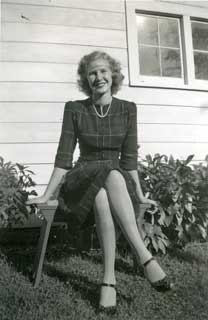
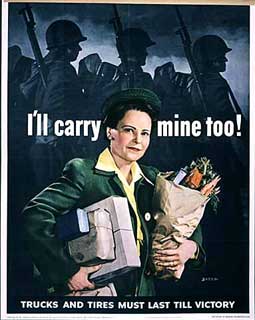

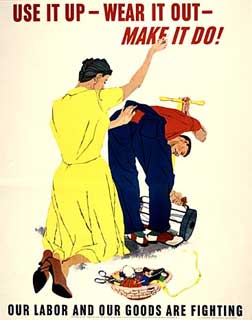
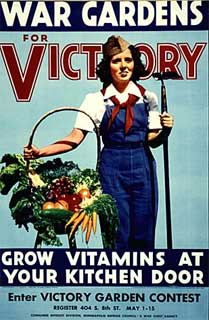
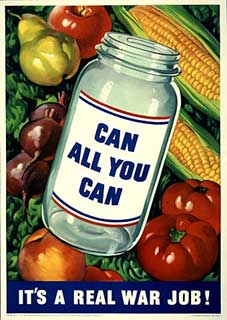
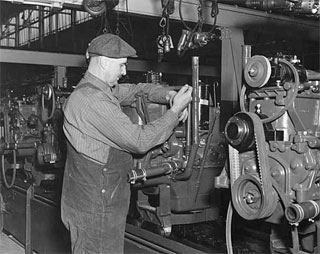
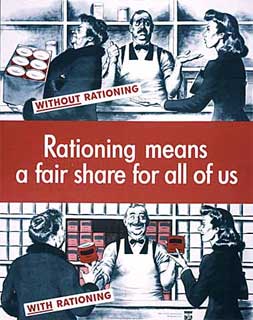
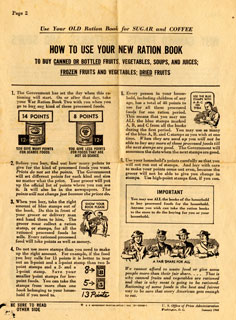

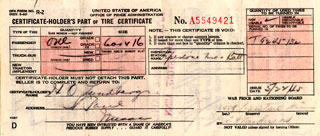
Source
Nelson, Dorothy Pederson, Teenage Memories of the Home Front. Minnesota Historical Society: Share Your Story, 2007.


